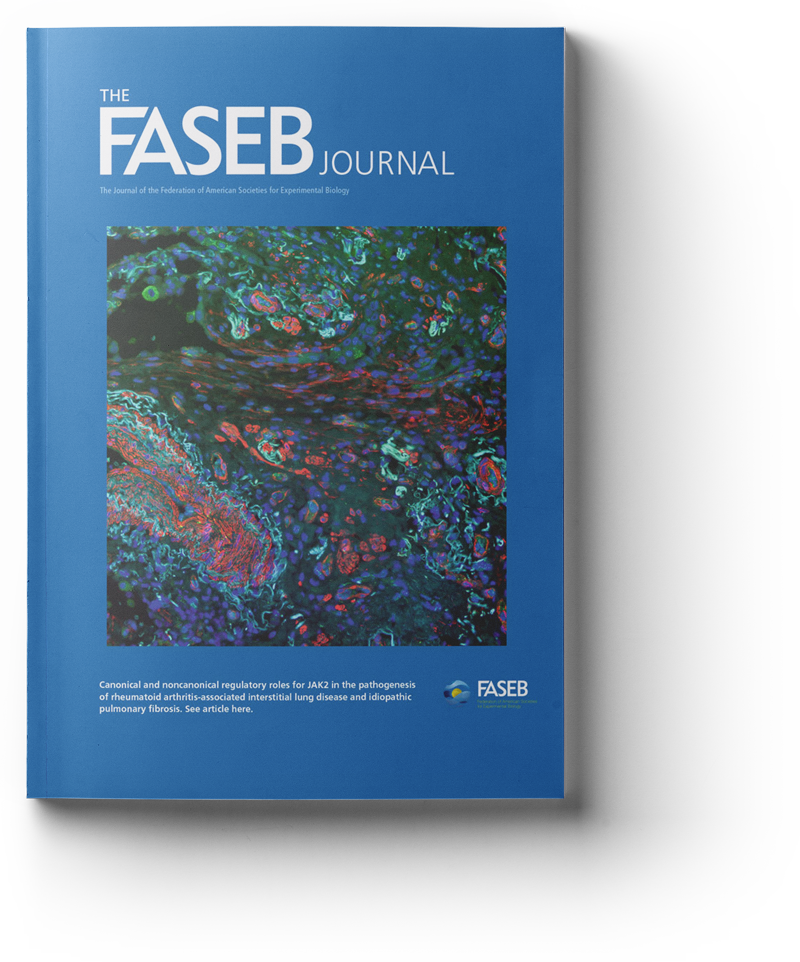The aim of the European Framework project BACCHUS was to develop tools and resources to study the relationships between intakes of bioactive food compounds and cardiovascular health in humans. This part of the BACCHUS study focussed on assessing population bioactive intakes, the impact of foods and products high in bioactives on the diet and the development of a platform to analyse these intakes.
To calculate bioactive intakes, dietary consumption data from the UK, Ireland, Spain and Norway were used. Plant based bioactive concentrations were obtained from eBasis, a database on bioactive compounds sourced from peer reviewed publications. Composition data was mapped to foods as consumed in the consumption surveys. Each food-compound combination resulted in multiple concentration data points using discrete distributions of concentrations. Daily bioactive intake distributions were calculated using a probabilistic approach. To assess the impact of introducing bioactive products and supplements on the overall diet, three scenarios were applied to the BACCHUS intake model, using the UK National Diet and Nutrition Rolling Survey 2008–2012 Adults (NDNS). Firstly the use of KAMUT® Khorasan wheat flour in commercially-packaged pasta, matzo bread and crisp toast was simulated in place of the commonly used Durum wheat flour. The nsLTP2 peptide intakes from these products were assessed. Secondly the impact of giving current supplement consumers epicatechin-rich capsules at 70 and 140 mg/capsule and finally the impact of giving a pomegranate ellagitannin extract at two doses (450 mg and 1.8 g per day) to supplement consumers was assessed.
Results on daily intakes were generated for all four populations, 91 plants, covering 242 individual compounds from 7 compound classes. Intakes were comparable to other published studies, serving as a validation of the intake model and data used. From the case studies mean nsLTP2 intakes (mg/day) from pasta, bread and crisp toast for UK adults were 2.76 mg/day for Durum wheat and 5.77 mg/day for KAMUT® Khorasan wheat products. From all foods analysed, including capsules, total mean epicatechin intake increased from 135.4 mg/day to 157 mg/day and 179 mg/day respectively. Mean ellagitannin intake increased from 0.85 mg/day to 29 mg/day and 113 mg/day respectively. Baseline results were uploaded into the eBASIS-Creme Global exposure interface, a cloud based tool which was developed during the project. The interface forms a part of the BACCHUS toolkit, an interactive platform with five integrated tools and resources aimed at SMEs, researchers and regulators, including elearning and a best practice guide to making Health Claims.
The combination of detailed food records and the entire range of selected eBasis data points into a probabilistic intake model proved to be a robust method to generate population intakes of bioactives. Data on bioactive intakes may help to inform Health Claims as to whether the intakes of foods or compounds, required for a claimed cardiovascular effect, are realistically achievable within current dietary habits.
